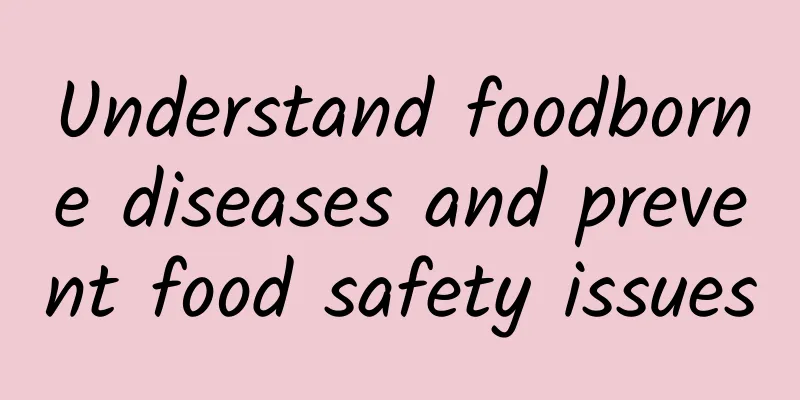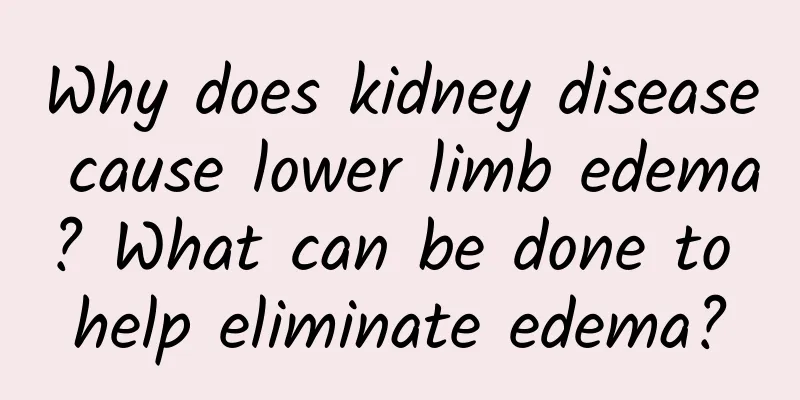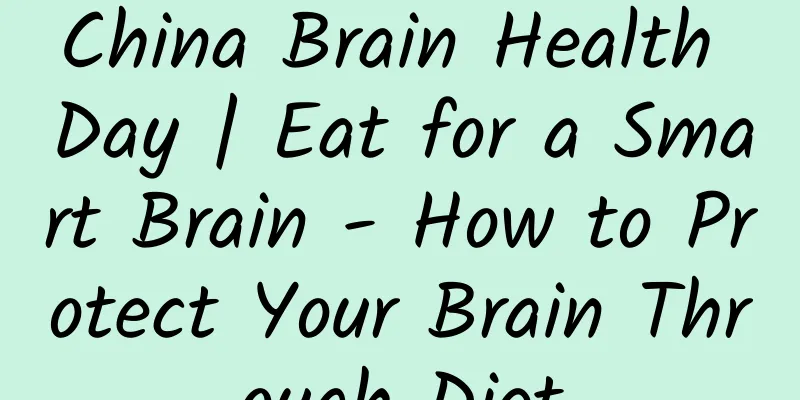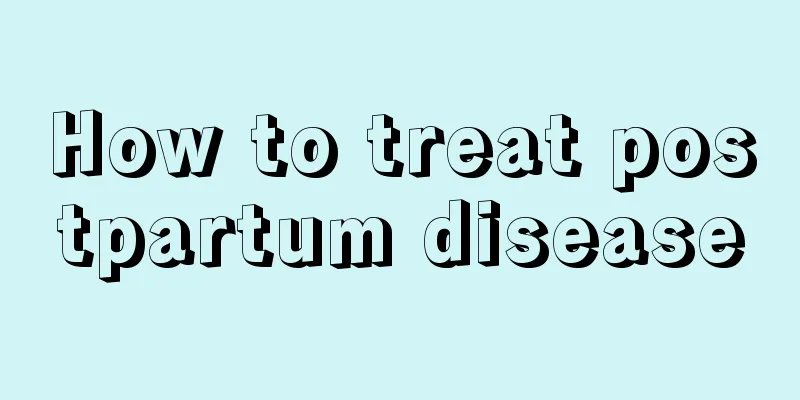Understand foodborne diseases and prevent food safety issues

|
What is foodborne disease? my country's Food Safety Law stipulates that foodborne diseases refer to infectious and toxic diseases caused by pathogenic factors in food entering the human body. There are more than 250 known foodborne diseases in the world, most of which are caused by bacteria, followed by viruses and parasites, and also include chemical food poisoning, foodborne intestinal infectious diseases, etc. There are many types. The main problems in life are food poisoning and food allergies. 1. Food poisoning: refers to a non-infectious acute or subacute disease that occurs after ingesting biological or chemical toxic and harmful substances or ingesting toxic and harmful substances as food. 1. Bacterial food poisoning is the most common, accounting for about half of all cases. Symptoms include nausea, vomiting, diarrhea, etc. Common bacteria include Salmonella, Staphylococcus, Escherichia coli, etc. Prevention measures for bacterial food poisoning: maintain good personal hygiene and wash hands before and after meals; strengthen the testing of food raw materials to prevent contaminated raw materials from indirectly contaminating food; keep raw and cooked food separate during processing to avoid cross contamination; pay attention to keeping food in the cold and do not keep it for too long to avoid the production of toxins. 2. Poisoning by poisonous animals Some poisonous animals such as poisonous fish and shellfish contain toxic substances, such as pufferfish poisoning and shellfish poisoning. 3. Plant-based food poisoning Common poisonous mushrooms and sprouted potatoes cause poisoning because they contain solanine, Datura poisoning, and ginkgo poisoning because they contain gingkodiol. 4. Chemical food poisoning Nitrite, organophosphorus pesticides, and arsenic poisoning. 2. Food Allergies It is an adverse reaction people have to food. There are 8 main types of food that cause food allergies, including milk, eggs, fish, crustaceans, peanuts, soybeans, nuts and wheat. Common clinical symptoms of allergies: urticaria, dermatitis herpetiformis, asthma, allergic rhinitis, and severe cases may lead to anaphylactic shock. Prevention and treatment: 1. Specific immunotherapy is actually a desensitization therapy, which involves injecting small doses of allergens into the human body for a long time. 2. Non-specific immunotherapy: In food allergy reactions, cytokines play a very important role in signal transduction, cutting off signal transduction. 3. Natural therapy: Chinese herbal medicine therapy, acupuncture therapy, etc. In traditional Chinese medicine, allergy is a reaction of the body, which is actually a fight against pathogens. We need to strengthen our own resistance. |
<<: Understanding Food Nutritional Fortifiers (Part 2)
>>: Can food safety be “zero risk”?
Recommend
What should I do if I get my ears pierced during my period?
Fashion trend is really a magical thing. It can c...
Bleeding in stool forty days after delivery
Everyone knows that postpartum confinement is ver...
Itchy and painful during menstruation
During menstruation, women's bodies are relat...
What does the AAB system mean when eating with friends? The origin of the joke
What does it mean to go AAB with friends? Recentl...
Why is the episiotomy wound still stinging after one month?
Pregnancy and childbirth is a long and painful pr...
People with alkaline constitution will not get sick. How to make the body alkaline?
As we all know, the healthiest state of the human...
How does a pregnant woman lower her copper level?
High copper levels in pregnant women generally ha...
Can I eat pepper during menstruation?
When it comes to Sichuan peppercorns, most people...
What causes pain from armpit to side of breast?
The main function of breasts is breastfeeding. Of...
Why does the second fetus move early?
Women will feel fetal movement around four months...
Girl with flat chest
Most girls pay special attention to their figure,...
Fentaton for the treatment of premature ovarian failure
Premature ovarian failure causes prominent sympto...
12 kinds of fruits you must eat during breastfeeding
Eating apples is very beneficial to the health of...
What is uterine curvature?
Uterine curvature is also called uterine malforma...
Symptoms of non-absorbable episiotomy wounds
If you find that your episiotomy wound does not a...









